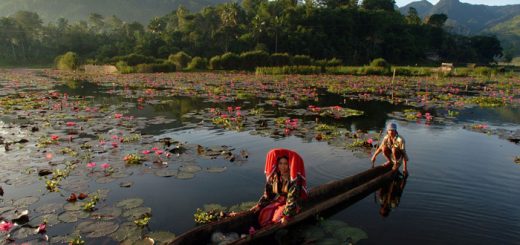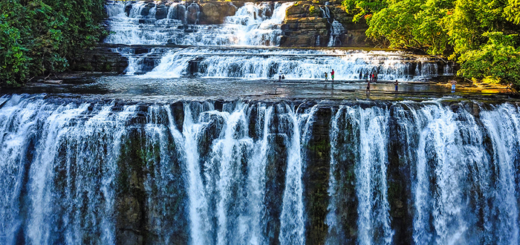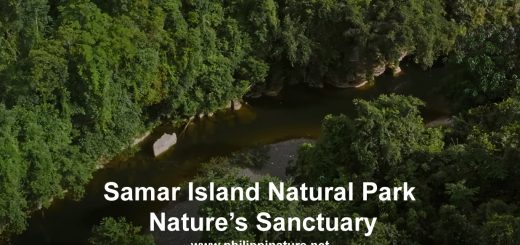Mount Hamiguitan
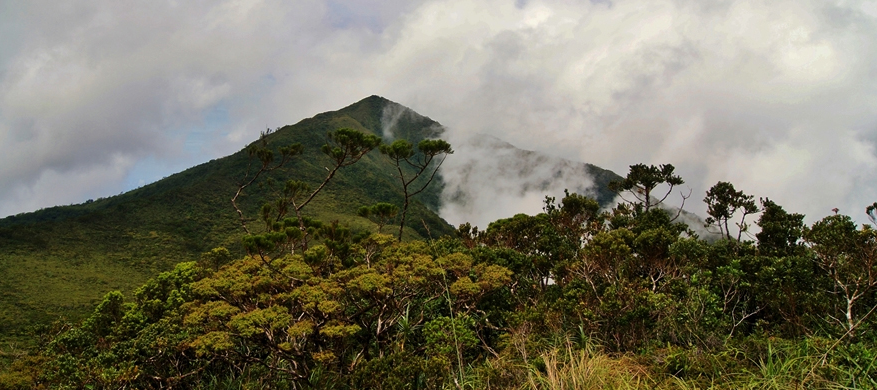
Mt. Hamiguitan is located at the Pujada Peninsula within the Eastern Mindanao Biodiversity Corridor in Davao Oriental. Its peaks vary from 75 to 1,637 meters above sea level.
The mountain range has an area of more than 16,000 hectares, of which 6,834 hectares was declared as a protected area in 2004 by virtue of Republic Act (RA) No. 9303. It straddles Mati City and the municipalities of San Isidro and Governor Generoso, and is an important source of water for lowland communities through the various rivers streaming down its slopes such as the Baua, Tibanban, Bigaogan and Dumagooc rivers.
Its relatively pristine vegetation is habitat to about 1,381 species of flora and fauna, 341 of which are endemic. Wild endemic fauna like the Hamiguitan hairy-tailed rat, Philippine palm civet, Philippine field rat, the Mindanao wild pig, the Philippine tree squirrel, and the Philippine deer call it home alongside the Philippine eagle, the Mindanao bleeding heart dove, the Philippine cockatoo, and the rare Delias magsadana butterfly. Its amphibian and reptile inhabitants are, respectively, 75 and 84 percent endemic.
Mt. Hamiguitan’s forest ecosystem is noted for species like alim, almon, agoho, dao, and almaciga, and the critically endangered yakal and the Paphiopedilum adductum orchid. It is also known as the only habitat of the unique yet vulnerable Hamiguitan pitcher plant.
The mountain is also known for two unique features. One of these is the “Tinagong Dagat” which, while literally translated as “Hidden Sea,” is actually a lake that curiously experiences high and low tides.
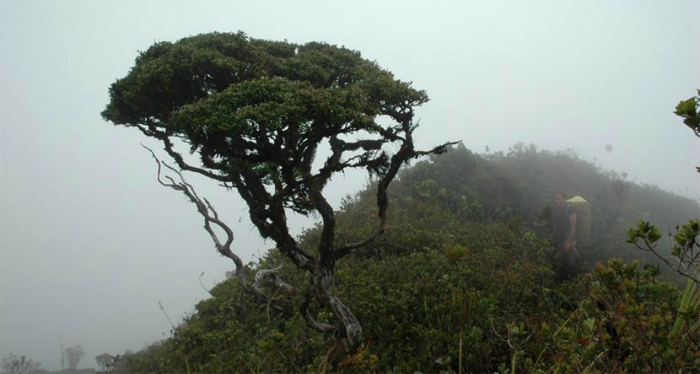
But its most famous feature is its unique 225 hectares of bonsai trees estimated to be at least a century old and forming what has been considered as the country’s largest “pygmy forest.” The bonsai formations, as well as the diversity of plant and animal habitats, are largely credited to Mt. Hamiguitan’s ultramafic nature.
As with many other ecosystems, the biggest threat to the richness of Mt. Hamiguitan’s biodiversity are from human activities such as illegal extraction of natural resources (including mining, bio-prospecting, and timber and wildlife poaching), unsustainable farming, unregulated tourist activities, pollution and unchecked human settlement. Aggravating these is the threat brought about by climate change.
Declaring Mt. Hamiguitan as a protected area was the first step in recognizing the need to protect the site and all its natural wonders. The law required the creation of a Protected Area Management Board (PAMB), headed by the DENR with members composed of representatives from the local government units, people’s and non-government organizations, other government agencies and other stakeholders. The PAMB acts as a policy-making body ensuring the protection, preservation and conservation of Mt. Hamiguitan. This included formulating the management plan; permitting, controlling and regulating all activities within the protected area in accordance with RA 7586, also known as the National Integrated Protected Areas System (NIPAS) Act.
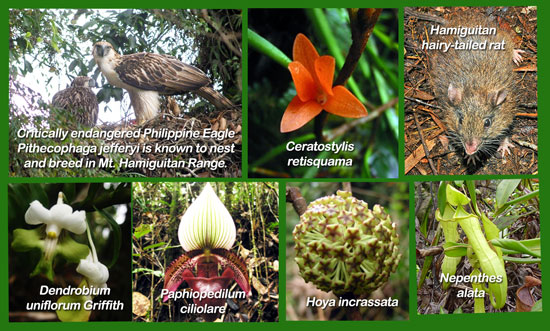
The office of the Protected Area Superintendent (PASu), meanwhile, carries out the implementation of the management plan and oversees the enforcement of the NIPAS Act and other wildlife conservation laws.
As a known habitat of the endangered Philippine eagle, Mt. Hamiguitan is considered a hotspot, and is the Philippine Eagle Alliance’s priority site in Eastern Mindanao for conservation and protection.
The MHRWS is also one of the pilot sites for the Biodiversity Partnerships Project (BPP), which is funded by the Global Environment Fund through the United Nations Development Programme. The project is implemented in key biodiversity areas and prioritizes the conservation of threatened inhabitant species and their habitats from threats like unsustainable agricultural production and incompatible land use.
With the implementation of the BPP, the DENR will work closely with the Department of Trade and Industry and the Department of Tourism in establishing feasible and sustainable tourism activities and enterprises. Concerned local government units will also be trained on how to plan and manage economic activities without adversely affecting the natural habitats.
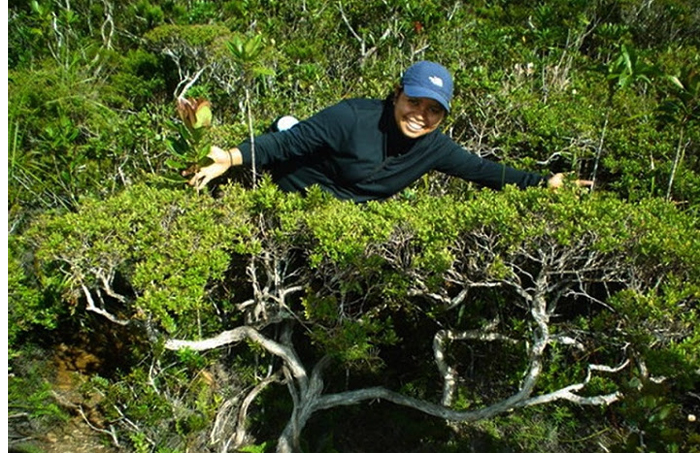
For the environment sector, the inclusion of the MHRWS into the World Heritage list brings serious global attention to what it can contribute to the Philippines’ natural heritage, which future generations will hopefully appreciate.
References:
Yasmin R.O. Caparas
https://goo.gl/5JKBT9
https://goo.gl/SLffEx

